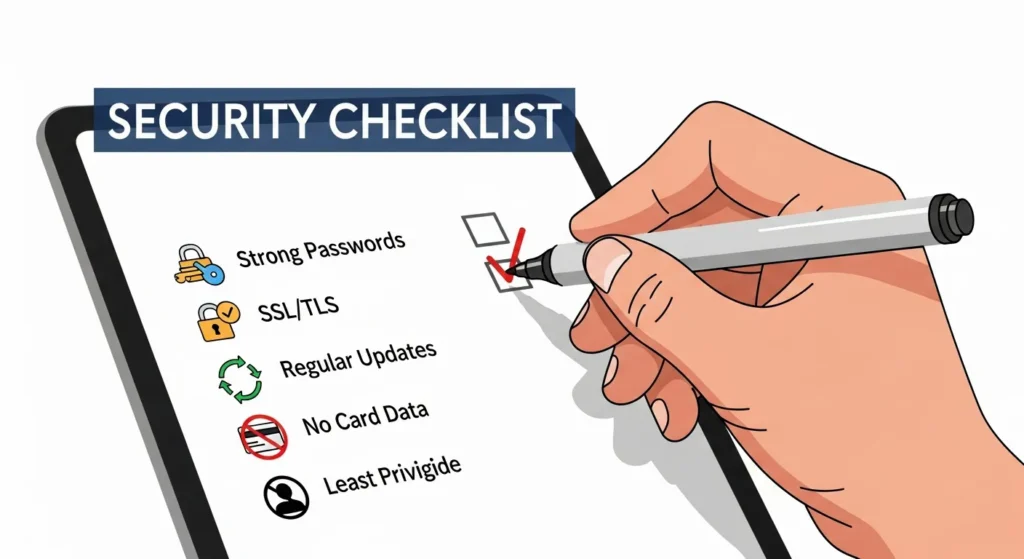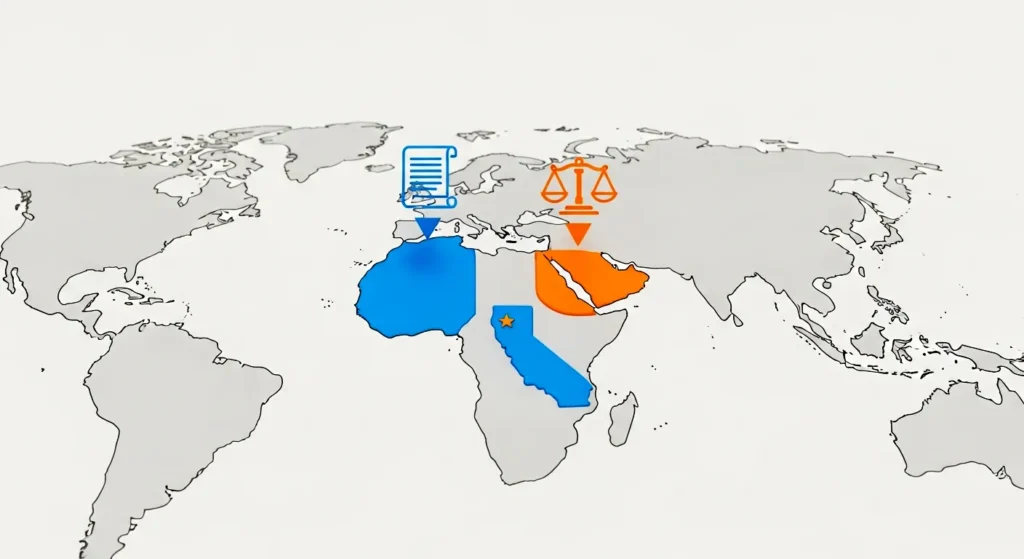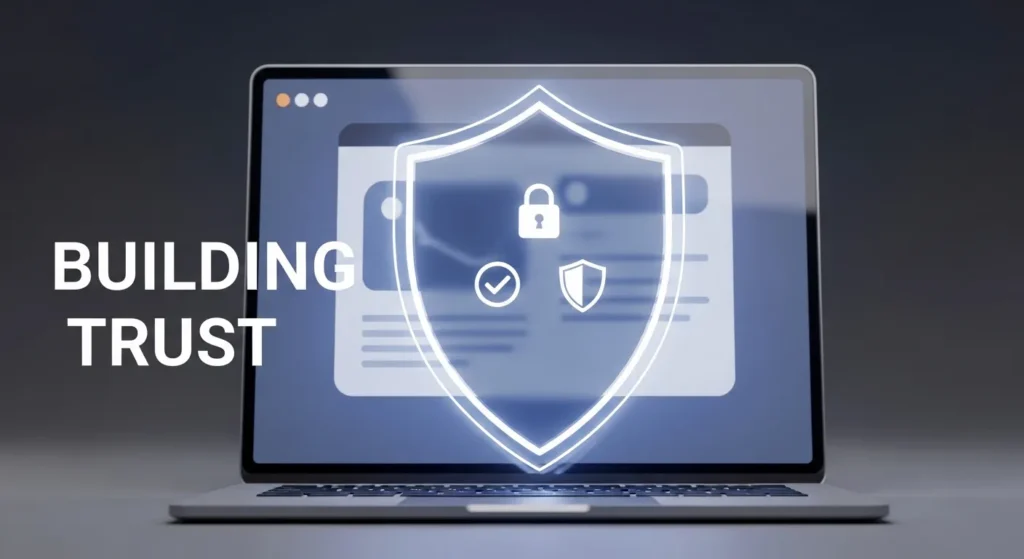In the world of online business, trust is everything. For a micro SaaS, nothing can break that trust faster than a security breach or a privacy mistake. While you might be a small operation, your customers’ data is a big responsibility. Thinking about micro SaaS security and data privacy from the very beginning isn’t an option—it’s a requirement for long-term success. This article will walk you through essential security best practices and help you understand how to protect your business and your users.
Security is an integral part of responsible micro SaaS operation, and it’s a key part of the ultimate guide to building and growing your business. For the complete journey, refer to our comprehensive guide: The Ultimate Guide to Micro SaaS: From Idea to Exit.
Why Micro SaaS Security Matters for Your Business?
You might think that because you’re small, you won’t be a target. That’s a common mistake. Hackers often go after smaller companies because they can be easier to attack. A data breach can lead to lost customer trust, legal trouble, and a ruined reputation. Taking steps to make your micro SaaS secure shows your customers that you care about their data and that you are a business they can trust. It’s a huge part of your brand.
By prioritizing security, you avoid many of the operational problems that can sink a small business. We discuss these in our dedicated guide on: Common Mistakes & Solo Founder Support for Micro SaaS.
Essential Security Best Practices for Your Product
You don’t need to be a security expert to make your micro SaaS much safer. By following some basic rules, you can protect your application and your customers’ data.

- Use Strong Authentication: Don’t let users create easy-to-guess passwords. Encourage strong passwords and, if possible, offer two-factor authentication (2FA). 2FA means users have to enter a code from their phone in addition to their password to log in. It’s a simple step that makes a huge difference. For a simple setup, consider using authenticator apps like Google Authenticator or Authy.
- Protect Data In Transit and At Rest: When data travels from your user’s computer to your server, it should be encrypted. This is what SSL/TLS does—it’s the ‘https’ and lock icon you see in your browser bar, ensuring your connection is secure. It means your website has a security certificate. You should also encrypt any sensitive data you store in your database, so even if it’s accessed, it can’t be read easily.
- Update Your Software Regularly: Software has bugs, and sometimes those bugs are security holes. The platforms and tools you use (like a programming framework, database, or no-code tool) regularly release updates to fix these holes. Make sure you install updates as soon as they are available.
- Handle Payments Safely: Never, ever store credit card information on your own servers. This is a huge risk and a compliance nightmare. Use a trusted payment service like Stripe or PayPal. They handle all the sensitive payment data, so you don’t have to.
- Limit Access to Your Data: The principle of “least privilege” means that you should only give yourself and your team the access to data that you absolutely need. For example, if you don’t need to see a user’s password, don’t store it in a way that you can read it.
Your tech stack can influence security. For example, some hosting providers and no-code platforms offer great built-in security features. We explore these options in more detail in our guide on: Best Tools & Tech Stacks for Building a Micro SaaS.
Understanding Micro SaaS Compliance and Data Privacy
Beyond just security, you also have to follow the law. This is where micro SaaS compliance comes in. As soon as you collect any personal information from your users like their name, email, or even IP address; you are responsible for protecting it.

- GDPR (General Data Protection Regulation): If you have any customers in the European Union (EU), you need to be GDPR compliant. This law gives EU citizens control over their personal data. It includes rules on how you collect data, how you store it, and how you get permission to use it. You must have a clear privacy policy and offer users the right to access and delete their data.
- CCPA (California Consumer Privacy Act): This is a similar law for businesses with customers in California. It gives consumers more rights over their personal information and requires you to be transparent about how you handle their data.
- Privacy Policy and Terms of Service: These aren’t just legal documents; they are a way to build trust with your users. Your privacy policy explains what data you collect, why you collect it, and what you do with it. Your terms of service are the rules for using your product. Having these readily available shows that you are a responsible business.
Being transparent about data privacy for micro SaaS is a key part of your business’s reputation.
Final Thoughts on Security and Trust
Building a secure and compliant micro SaaS might seem like a lot of work, but it’s essential for your business’s future. It’s about being proactive instead of reactive. By using the right tools, following simple best practices, and being open about your privacy policies, you can build a product that your users trust and a business that is ready for sustainable growth.
Now that you understand the importance of security, your next logical step is to explore the best Tech Stacks for Building a Micro SaaS that offer built-in security features, which we cover in this guide…

